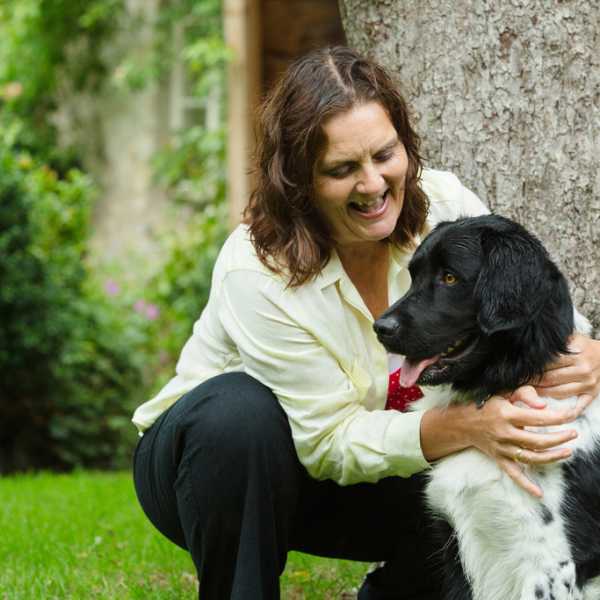
How to Take Care of Your Dog this Autumn
Posted on 25 November, 2022

Photo by __ drz __ on Unsplash
Autumn can be an extremely rewarding time to be a dog owner. You’ll have the motivation you need to get outdoors when the countryside is at its most beautiful – and the chances are good that your dog will find some joy in the season, too. Regular exercise, love, attention, and a steady supply of sensitive dog food can all contribute to a dog’s quality of life.
For all of the many upsides, however, autumn can be a challenging time for dogs and their owners, too. With a little bit of foresight, however, we can ensure that our dogs stay safe and healthy right through to Christmas.
Stay visible on walks
With the year winding down, you might find yourself caught out by how early and suddenly the darkness draws in. Make sure that everyone else can see both you and your dog. This applies especially if you’re walking your dog at the side of the road. This is where high-visibility jackets come in very handy.
Look out for fallen items
Certain breeds of dogs will naturally want to sniff and snack on everything they find littering the ground. In many cases, this can be bad news, since some of the stuff that falls from trees is actually quite poisonous. Conkers, acorns, fallen fruit and leaf mould can all be disastrous – so steer your dog clear of them.
Parasites
Fleas and ticks tend to thrive during autumn and winter, especially if you’ve got the heating cranked inside your house. These are more than a nuisance: they can act as carriers for serious diseases like Lyme disease. You should control pro-actively for fleas and ticks since it’s much easier to deal with an infestation if you catch it early. Check your dog after every walk. You can remove ticks yourself if you know the proper technique. Make sure that you don’t pull the tick apart, leaving part of it inside your dog.
Look out for antifreeze
Many kinds of antifreeze contain a toxic ingredient called ethylene glycol. This sweet-tasting substance will kill your dog within seventy-two hours. The initial symptoms look similar to alcohol poisoning and include dizziness, confusion, and nausea. If your dog shows any of these warning signs, it's time to intervene. The earlier you take your dog to the vet, the better the chances of a positive outcome.
Rock salt
While less threatening than antifreeze, the rock salt used to treat roads in winter can also pose a threat to your dog, causing dehydration, vomiting and kidney damage. If you’re walking on treated roads, it’s a good idea to wipe your dog’s feet as soon as they come into the house – or, if you’re in the car, you might keep some wipes in the rear. This will also help to keep your property that little bit cleaner, too.
Tags:



